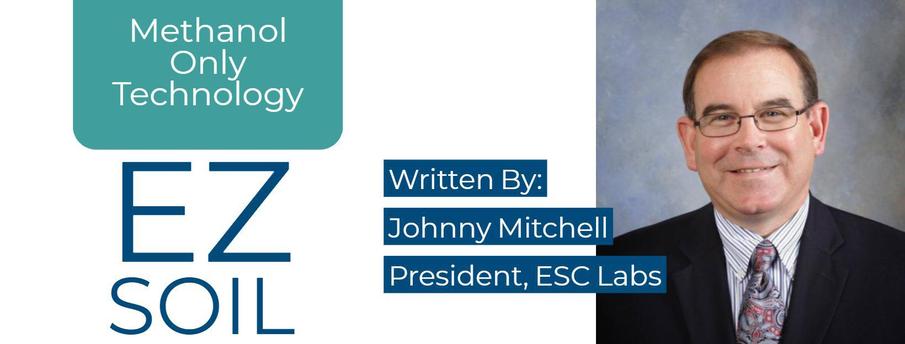Beginning in the early 1990’s, research was published suggesting the practice of soil collection in bulk containers for Volatile Organic compounds resulted in significantly biased low results. In a study published in 1991, Jackson and Thomey (1) provided evidence that under bulk collection and storage procedures, even when held at 4 C, Benzene concentrations in soil samples could be reduced by > 80% over less than 4 days. Further work by Hewitt et. al. published in 1996 (3) provided research supporting earlier studies and also showing significant loss of chlorinated hydrocarbons over similar time periods when bulk collection techniques were used. Various mechanisms were supposed for these losses, primarily focusing on loss to volatilization and loss to microbial degradation. In sediment and soil samples, VOCs coexist in gaseous, liquid, and solid (sorbed) phases. For the component in the gaseous phase, during collection, handling, and storage, any exposure to atmosphere can result in immediate loss of concentration due to volatilization. Following this loss of the gaseous phase, there is an instantaneous loss from the solid and liquid phases as an attempt to restore equilibrium in the medium. This exacerbates the rate of loss at every point at which the sample is exposed to the atmosphere. In additional studies, Turriff et. al. (1994, 2) provided evidence that the preservation of soil samples at the time of collection in Methanol allowed for more than 30 days holding with no significant loss in concentration.
Considering these studies, the EPA published new procedures in SW-846 Method 5035 intended to address the potential loss of VOCs from sample collection, handling, and storage. While Methanol preservation at collection had been shown to be most protective of the VOC concentrations in soils samples over the Agency stipulated 14-day holding time, this method was not able to produce results routinely at the lower levels of concern for many of the target analytes using the technology available at that time. As an option for providing lower limits of detection (< 50 ug/Kg), the EPA in method 5035 suggested that samples be preserved in the field by collecting multiple aliquots, preserving in both Methanol and in an acidified solution using Sodium Bisulfate. Allowance was made for samples potentially containing high concentrations of carbonaceous material for collection in with or without de-ionized water and frozen within 48 hours of collection. All methods were designed to provide a completely closed loop system from collection through analysis, preventing any exposure to the atmosphere of the actual sample material after collection.
ESC Lab Sciences, a subsidiary of Pace Analytical Services, LLC., began evaluating recent advances in Mass Spectroscopy to determine if this newer technology had the required sensitivity to achieve the lower reporting limits of concern for volatile organic analytes using only the methanol preservation option of Method 5035. This evaluation was designed to follow all aspects of the method as published utilizing only the methanol preserved aliquot for the analysis of VOCs. With this process, ESC has developed technology that allows for reporting of standard VOC analytes from a methanol preserved sample at limits comparable to the more customary analysis provided using the 5 gram aliquot preserved in Sodium Bisulfate or frozen in de-ionized water. The benefits of this option are significant to field collection person as well as the end data user. Removing the requirement for 2 aliquots of the sample collected in Sodium Bisulfate or de-ionized water can significantly reduce sampling time at each location, and the use of the field methanol preservation negates the need for immediate overnight shipping of samples for freezing within 48 hours of collection. This allows more flexibility with field personnel without the requirement for daily shipping to the laboratory, extending the holding time for samples to the full 14 days referenced in the method. For the data user, methanol has been shown to be more efficient in extracting VOCs for analysis than a standard direct water purge. This removes the effect of the matrix on the purging efficiency and allows for higher recovery from the matrix and better reproducibility in duplicate analyses. The broader linear range afforded by the methanol dilution within the calibration results in fewer secondary analyses on dilutions required for reporting within normal calibration ranges.
- Degradation of Hydrocarbons in Soil Samples Analyzed Within Acceptable Holding Times, Jackson, J.; Thomey, N, May 1991
- Studies of Sampling, Storage and Analysis of Soils Contaminated with Gasoline and Diesel, Turriff, D. and Klopp, C., August 1994.
- Alan D. Hewitt and Nicole J E Lukash, American Env. Lab., August 1996, Page 15
